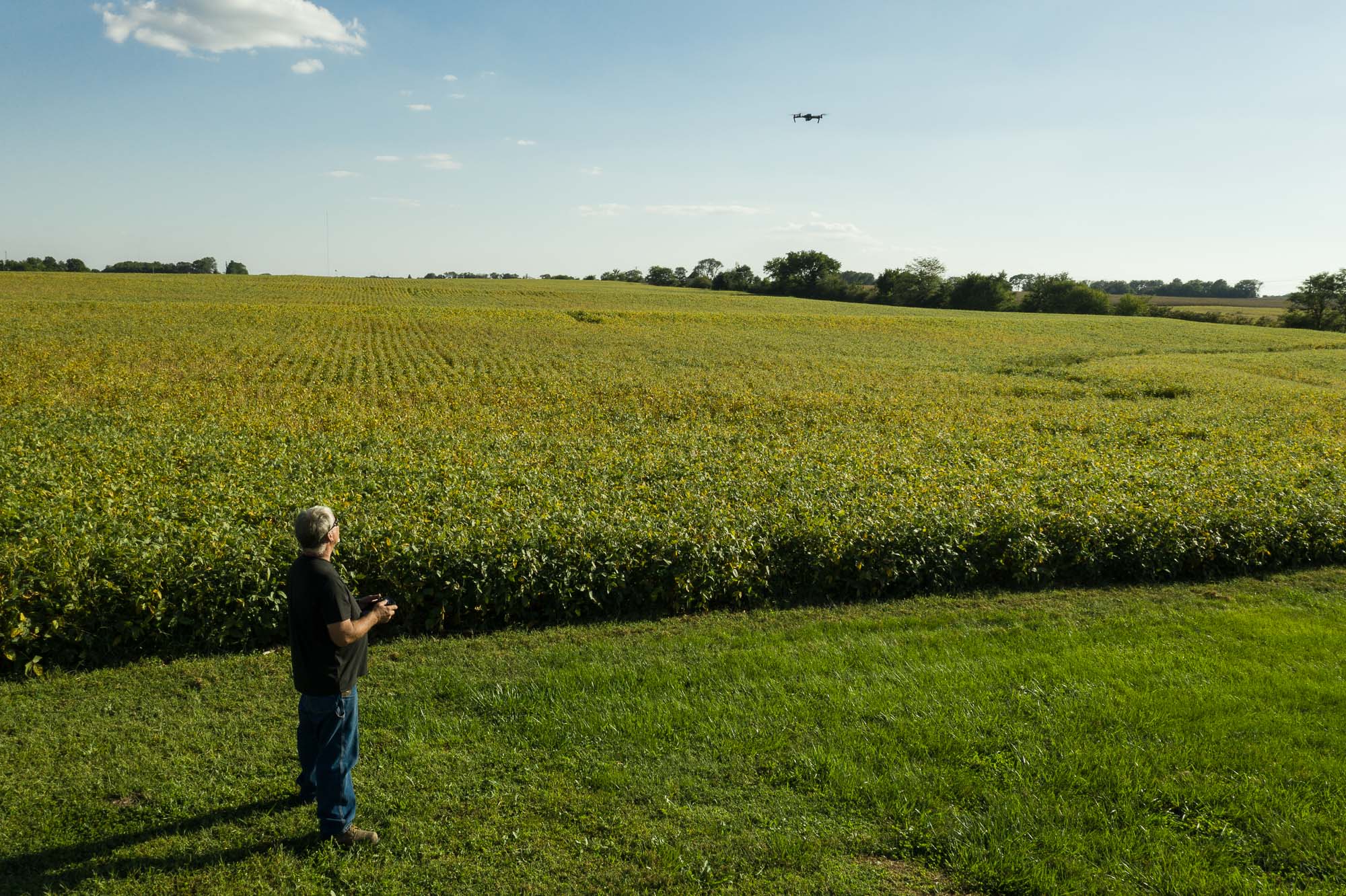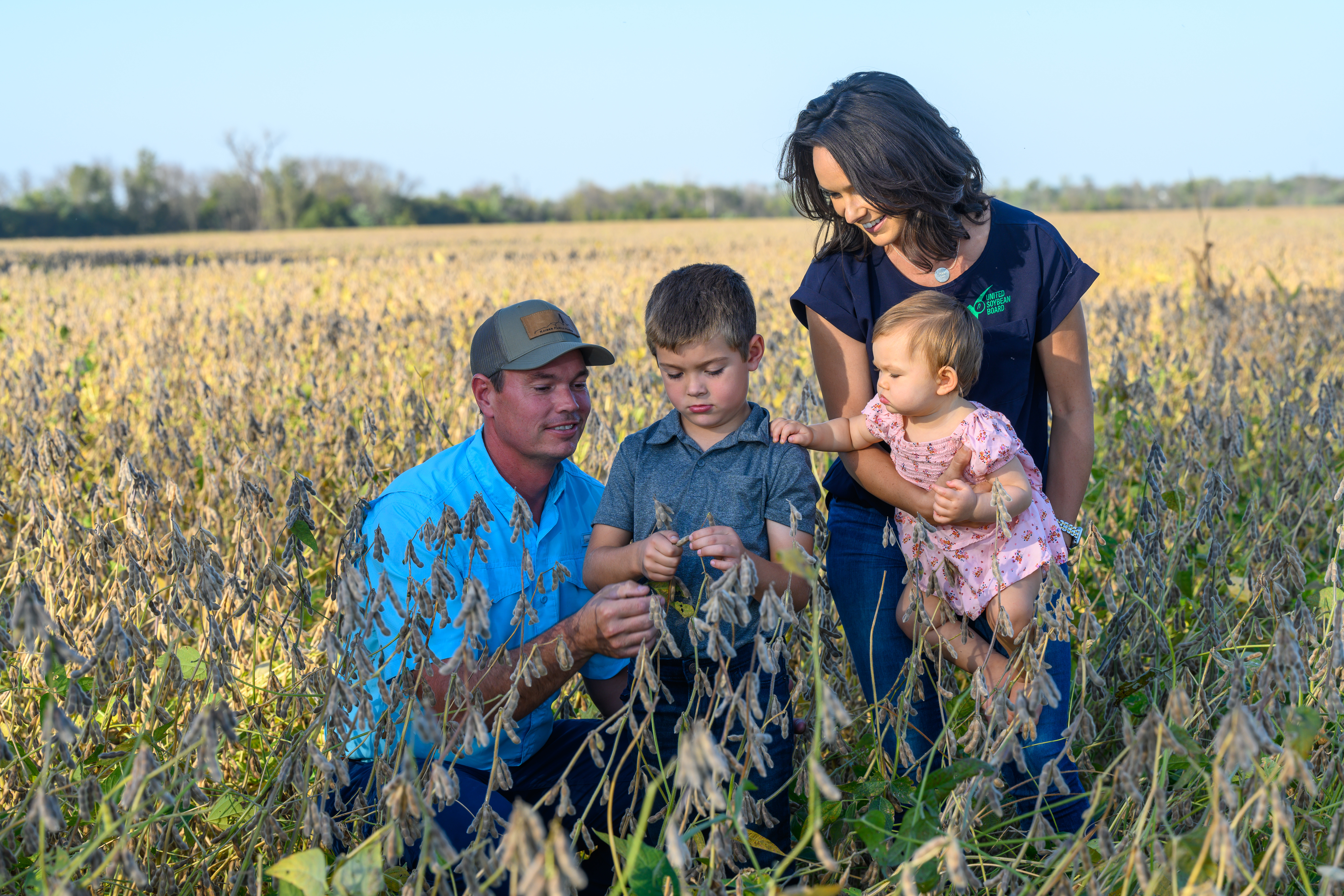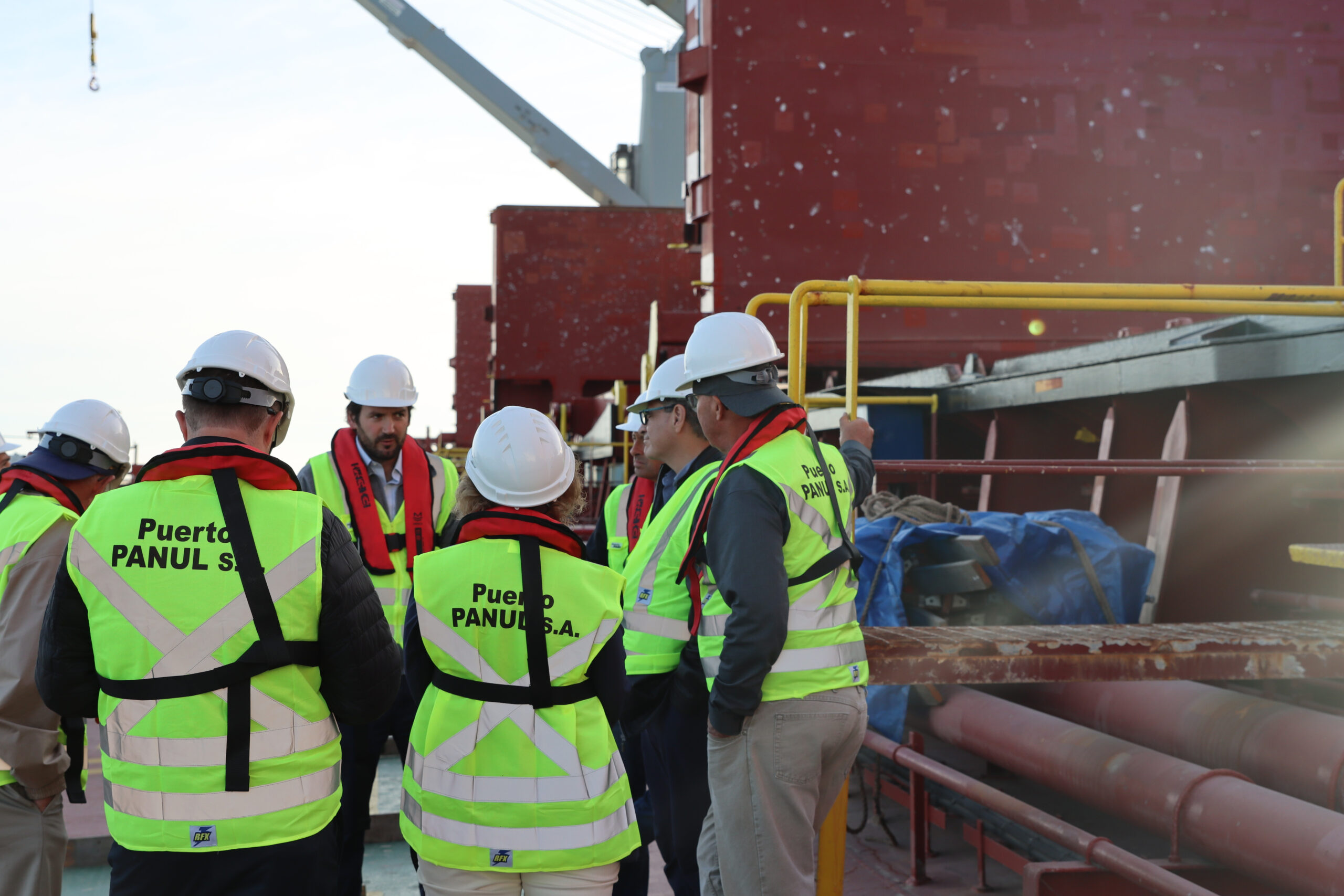Considerations for assessing the need to replant a soybean field
Soybean seeds have a remarkable capacity to germinate and emerge in a relatively wide range of environmental conditions. That’s why soybeans are the world’s third most planted agricultural commodity. As long as the storage tissues are kept alive and attached to the embryo axis, the seedling will require only water, oxygen and temperature to develop a new plant.
Regardless of the reason, when the initial plant population is significantly reduced from the targeted seed population, partially or entirely re-planting the field may be necessary. However, aspects such as the plant stand, growth characteristics of the variety and yield potential should be evaluated.
Modern soybean varieties can produce higher yields with a population of as little as 50k plants per acre at harvest in southern regions or 75k in northern regions (Gaspar & Conley, 2015). Soybeans can compensate for low plant stands as long the environment does not impose additional stresses. The soybean crop plasticity is primarily attributed to the development of axillary branching during vegetative growth and to the excess production of reproductive nodes. When assessing whether replanting is necessary for a field with a low population, the sole fact of a substantially lower initial stand does not justify the replanting decision.
A critical aspect to consider is distribution uniformity. Plants are influenced mostly by their adjacent neighbors and not the total number of plants in a given acre. Uneven plant stand imposes detrimental competitiveness for light and nutrients when plants are excessively close while not compensating when they are too far apart. The yield may be further penalized due to non-uniform stands under low-yield environments and low populations.
Stand uniformity can be evaluated by measuring plant distances in several representative six-foot segments within the field. If the standard deviation (SD) of the distance between plants (i.e., how far each plant distance lies from the mean) is four inches or greater, the predicted yield loss can reach up to 30 bushels per acre (Pereyra et al., 2022).
One could argue that low plant populations (<100K plants/acre) are more likely to have greater SD between plants than high populations (>120K plants/acre). This is true. Under normal conditions, higher populations do not require a precise seed distribution. A method for normalizing the effect of different target populations is the ratio between the observed distance and the targeted distance between plants within the six-foot segments. If this ratio SD is greater than one, it is unlikely to reach yields above 40 bushels per acre in low-yield environments (Pereyra et al., 2022)
Understanding the yield environment is crucial to deciding to replant. As mentioned above, the mechanism of compensating stand gaps is based on branching and pod setting. Branching happens during vegetative development and requires adequate biological nitrogen fixation, intense solar radiation, and the absence of drought stress. A short vegetative period due to inadequate maturity by planting date interaction will unlikely result in satisfactory branching.
Branching is also associated with various characteristics, although modern varieties have great branching ability in low plant populations (Suhre et al., 2014). Pod setting promotes stand compensation by regulating pods per square foot. Higher pod settings are negatively associated with heat stress, drought stress and excessive overcasting radiation.
Predicting what weather conditions will take place later in the season by the time of deciding to replant is an unearthly task. However, considering the previous results of a particular area may give a shred of better evidence. Modest historical yield and erratic performance indicate a better chance of the replanting paying off.
Replanting is restarting the race. If the replanting date is within April or early May due to adverse conditions of a super early planting date, the loss of the yield potential may be marginal. However, if the replanting date occurs after late May and June, the reduced yield potential may be lower than the field you are trying to fix. A recent analysis revisiting the Soybean Variety Testing legacy data suggested an average yield loss of 3.5 bushels per week of delayed planting date after May 15 across all Missouri production environments, and Justin Calhoun estimated 2.6 bushels per week in the southern region (MU extension seminar). On top of the potential yield loss, the grower should also account for extra seeds and replanting costs.
Replanting a soybean field is a situation that nobody likes to encounter. An overall assessment of the likelihood of a stand recovery and the implications of a late planting date helps to make the best decision.
If you have further questions contact me at areis@missouri.edu.


